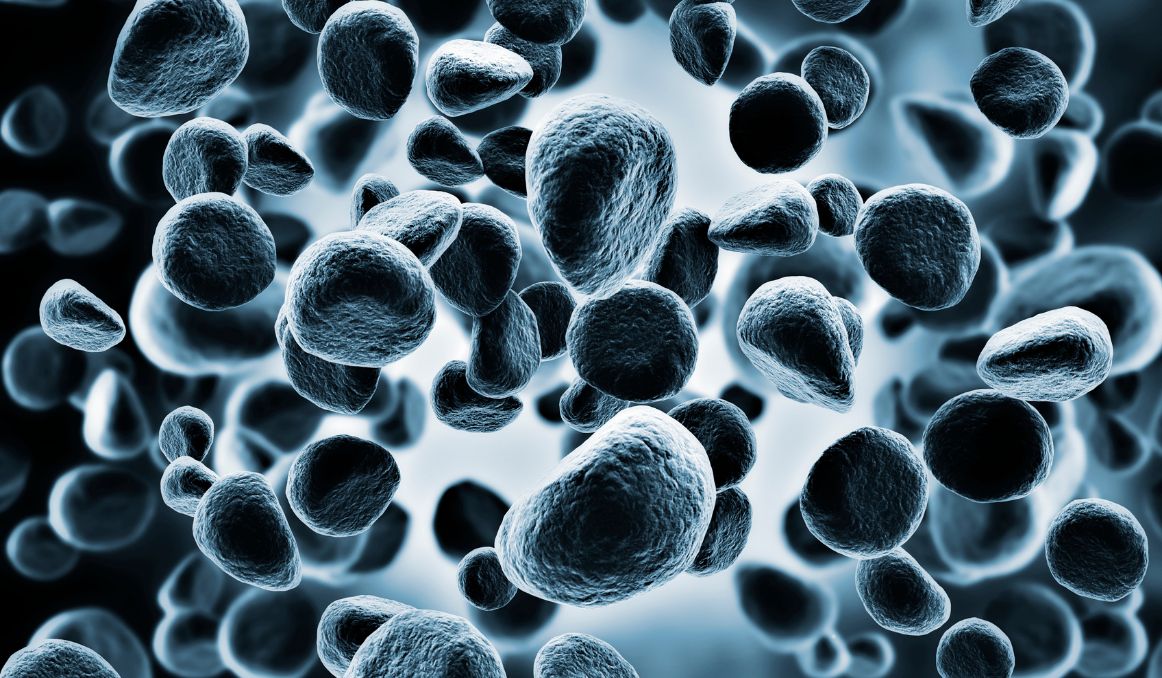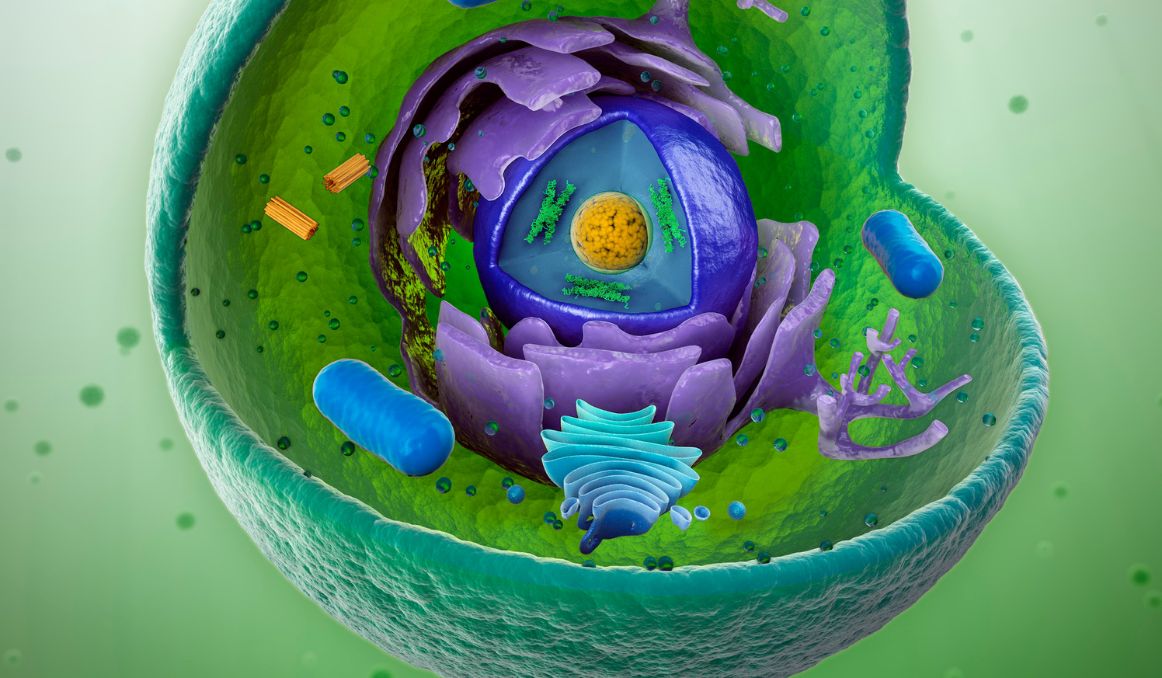What Type of Cells Can Undergo Fermentation?
Most people do not even realize that any cells undergo fermentation, so the question as to what type of cells undergo fermentation may be brand new to many.
But yes, fermentation is not just for beer, wine, and sauerkraut.
Fermentation

In general, the term “fermentation” refers to the chemical breakdown of glucose and the conversion of that glucose into another chemical substance.
With beer, wine, bread, and fermented foods like yogurt or sauerkraut, the fermentation process can occur aerobically or anaerobically, but it always involves yeast or bacteria or both.
The original food product, be it grain, grapes, or milk, will be crushed or mixed in some way so as to allow the natural sugars to be maximized and available for conversion.
Yeast is then added, and sometimes also bacteria, at which point the yeast (and bacteria) will convert all the sugars to alcohol and carbon dioxide. The addition of bacteria allows for the production of healthy probiotics and other nutrients that are highly beneficial to the human body.
Thus, fermentation occurs in all yeast cells. It is a process during which glucose is “metabolized” through cellular respiration.
In the human body, however, fermentation is a dramatically different experience.
Whereas with fermented food and drink all that is needed is the mere presence of sugar to attract yeast, which triggers fermentation, with human cells, it is actually the absence of air that promotes fermentation.
But why do human cells need fermentation?
For energy of course.
Human Energy and the Cell Processes
Every single human cell needs energy. Our cells provide us with everything we need to stay alive. They are the minions of every single body function we have, from digestion to walking to our hearts beating to thinking.
The human body contains trillions of cells.
Literally everything your body does, whether you are conscious of it or not, is the work of cells at work, and those cells need a constant stream of energy to do their good work keeping us alive and healthy.
In general, a human cell will get the energy it needs through glucose and respiration.
We eat food, and our bodies convert some of our food – proteins, fats, and sugars – to glucose. That glucose is then stored in our bodies for energy. Excessive amounts of glucose in the body will be converted to fat cells and stored as fat.
Glycolysis
Typically, when a cell needs energy, that energy is produced through a process called “glycolysis.”
Glycolysis is the most common way all cells in biology will get energy.
Here’s what happens:
The cell calls for energy, and a trigger is set into motion that calls upon the glucose molecules in your body.
Those glucose molecules then split (glycolysis literally translates to “sugar splitting”) and convert into two molecules of a substance called pyruvate. Glucose contains six carbon atoms, so now those two molecules of pyruvate each contain three carbon atoms.
Those pyruvate molecules now call on the body to input two ATP molecules.
In terms of energy, think of glucose as energy stored and ATP as energy in action.
That input of two ATP molecules will then produce four ATP molecules, for a net ATP of two, meaning you now have more energy.
In a sense, energy production requires energy and then begets even more energy.
This process also creates a form of energy called NADH.
In terms of energy, think of ATP as the energy in action and NADH as the energy carrier.
Lots of energy happening!
All of this takes place with the presence of oxygen.
Fermentation

Different from alcoholic fermentation, lactic acid fermentation is what happens in the human body.
Now, when the human body is depleted of oxygen, let’s say you are going for a long run, you are hiking up a mountain, or you are doing some other form of strenuous exercise, your body does not produce enough oxygen for your cells to undergo normal glycolysis.
Now your cells need to get energy anaerobically, without oxygen.
So your body will undergo something called lactic acid fermentation any time your body needs energy in a hurry.
Essentially what happens is that the cells, typically in your muscles, will call for more energy, and your body does not have the time or oxygen to produce those energy cells because you are moving fast, lifting hard, and/or breathing rapidly.
So your muscle cells are triggered to undergo lactic acid fermentation.
Rather than simply using oxygen to undergo normal glycolysis, the cells call on a rapid process which produces lactic acid as a natural byproduct of the rapid production of ATP.
Fermentation allows your body to produce all the ATP energy you need to keep your run going, lift those heavy weights, or climb that mountain.
As long as you are moving quickly, working hard, and short of breath, your cells will undergo fermentation to support you.
But it has its limits of course.
At some point, you may simply deplete your energy stores, run out of breath entirely, and either be forced to stop or pass out.
Now you have excess lactic acid in your body which needs to be expelled.
The only way to clear the lactic acid from your cells? Oxygen.
So basically, when you don’t have enough oxygen, your cells produce ATP for energy without it and also produce lactic acid that stays in your cells. Once you restore your oxygen supplies, you will have to breath heavily, often for several minutes, to clear all the lactic acid out of your cells.
Then your body will return to its natural state, producing ATP for energy through normal glycolysis.
In the end, any cell that needs to produce energy and does not have the oxygen to do so will undergo fermentation.
Cheers!
Passionate about yeast fermentation and all the wonders it can do? So are we! If you’re interested in finding out how you can use our technology to control fermentation and monitor your yeast, save work hours and improve the cost-efficiency of your business, drop us a line at [email protected]
Also, check out these product pages, if you’re into beer or wine making:
- Oculyze BB 2.0 (Better Brewing) Yeast Cell Counter App + Hardware
- Oculyze FW (Fermentation Wine) Yeast Cell Counter App + Hardware
…or our custom solution page for other use cases (yours included):
Also, you can now get access to a fully functional demo account to test our Web App. Completely free of charge and with no commitment to purchase.
Sources:


